A product has been added to the basket
Interview with a Calligrapher

Interview with a Calligrapher
 Calligraphy is the art of producing decorative handwriting. From traditional illuminations in medieval texts to modern scripts favoured for event invitations, calligraphy has taken many forms.
Calligraphy is the art of producing decorative handwriting. From traditional illuminations in medieval texts to modern scripts favoured for event invitations, calligraphy has taken many forms.
Taking many years of patience and practice to master, its hard to know where to start. We reached out to modern calligrapher Lydia Packham to learn more about what inspired her to become a calligrapher and the journey to becoming a consummate professional.
Hey Lydia. Thanks for chatting with us here at Pen Heaven and helping us learn more about modern calligraphy. How did you start your calligraphy journey?
I started off in a beginner workshop and it all went from there. I adored the way the ink flowed, you could create elegant styles or whimsical loose styles. I adored the simplicity of it and how it was slow and mindful.
Wow! A passion from the start.. How long have you been practicing?
I started 5 years ago. At a hen do in London. I was totally obsessed form the word go.
What was the first product you used for your calligraphy (aka what was your starter pen?)
The pen I used and still predominantly use today is a dip pen. A straight pen holder is what I used to start coupled with a Nikko G nib which is a bit stiffer and good for beginners. I use high quality Japanese sumi, it has a wonderful earthy smell and writes beautifully and dries with a glossy opaque finish.
And what resources did you use to learn?
Being mainly self-taught I just allowed myself to play around for ages. I bought books and did some courses later on in my journey. I allowed myself to experiment and set myself little tasks and projects to improve my skills.

How much did/do you actively practice your art?
I realised quite quickly [that] to build up muscle memory and control in your hands the more regularly I practiced the more control I had - which is essential to achieving beautiful calligraphy. I knew I had to set myself projects too, so after I got married I decided (rather stubbornly) that I would hand write all my thank you cards (over 100 of them) in calligraphy - and I love writing long details messages! ahah! My calligraphy improved dramatically across the 100 thank you cards. It took a while for people to receive them ahah but it really helped me improve.
That must have taken you some time to complete and certainly would've helped your practice. How many total hours do you think you’ve spent to get to your level?
Oh god, I've no idea! I get asked this question a lot by my students. I reckon hundreds of hour. But I love it and use it to relax, so it doesn't really feel like hard work!
Do you prefer ‘reservoir’ pens or dip pens for your work? Why?
Dip pens as you have more control. Calligraphy is all about creating contrasting strokes. It's really important to be able to create really thin strokes than transition smoothly into thicker strokes. Using a dip pen and a flexible nib allows for that control.
What is your favourite font / style of calligraphy?
I love modern calligraphy but that is influenced by traditional techniques. I love a combination.

What is your favourite nib size/style?
My favourite nib is a leonardt ef principal, it has gorgeous upstrokes and can achieve incredible detail, whilst being flexible enough to flourish with.
Finally, what are your top 3 hints & tips for beginners?
1) Get some great instruction early on. It would have saved me a lot of time and struggle. There are a huge variety of teachers out there, I always suggest being taught by someone who has a decent amount of experience, but also someone who you admire or like their style.
Lydia has created her own online beginner's course to help teach others who have the passion to learn the art of calligraphy. Containing over 50 hours of follow along video content, its a great way to start learning at home and at your own pace.
2) Get the right kit, there are a lot of places that sell 'calligraphy equipment' but they can really vary in quality and also can be for a whole range of types of calligraphy and may not be suitable for the type of lettering you want to achieve. You can save a lot of time and money from sourcing the right equipment first.
3) Be slow and mindful when practicing and break down your letters. It really is an art form and one to be enjoyed to relax and slow down! It lets you escape form life for hours at a time.
Thanks Lydia. Speaking to you about your calligraphy journey has been really insightful. Hopefully it helps others with their artistic ventures. You can see more of Lydia's work on her Instagram page.





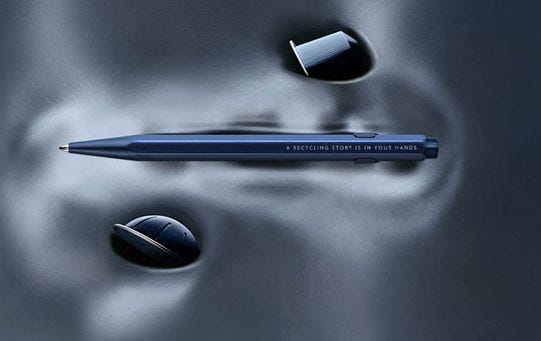
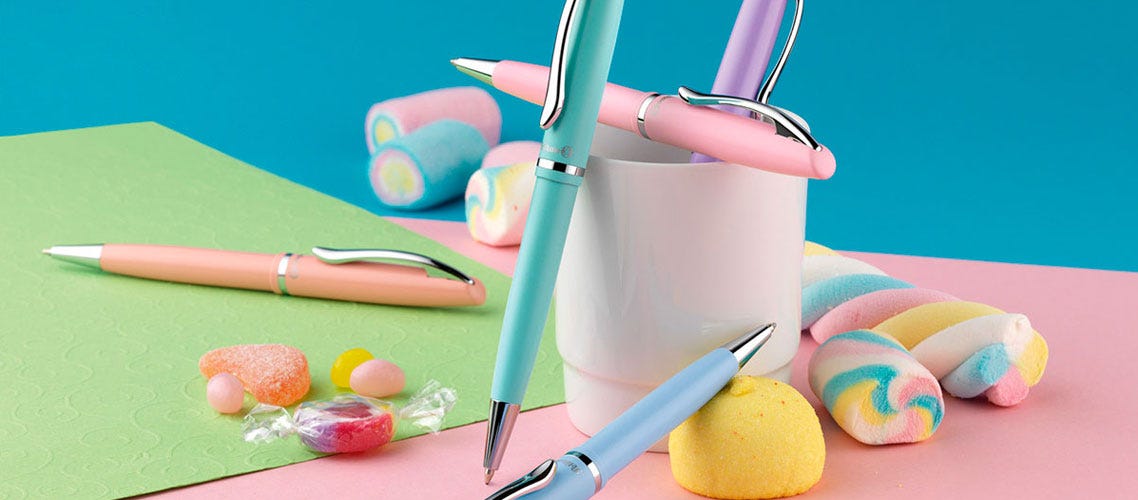
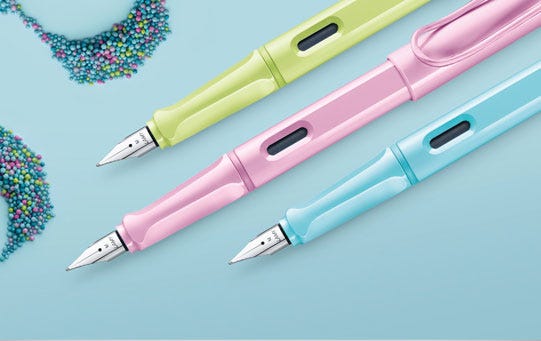
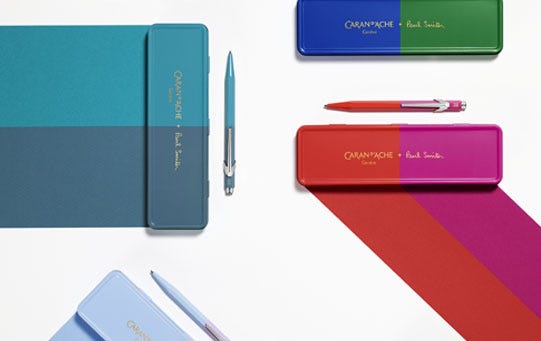
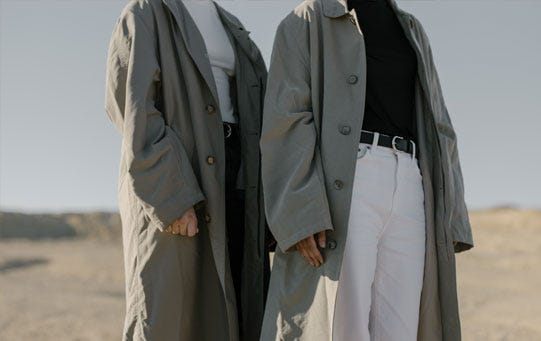
Comments